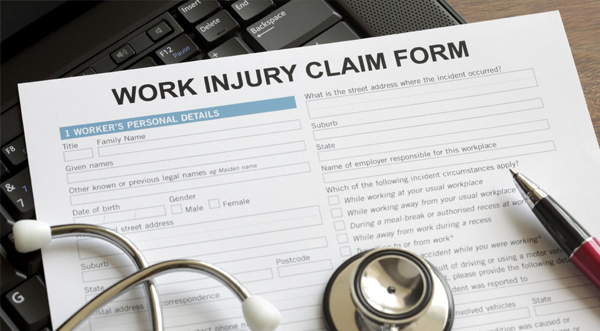Common Types of Worker Injuries Involving Compensation
By Space Coast Daily // September 21, 2020
Common reasons for workplace accidents

We all hope we won’t suffer an injury in the workplace.
However, accidents can and do happen and injuries at work are surprisingly common. If a worker is injured while doing their job, they will more than likely be eligible for some form of compensation and can make a claim against the business owner.
Reasons why compensation is paid
Claims for compensation will typically be for emergency treatment, loss of wages, medical fees or any long-lasting/permanent injuries the staff member might shoulder. In a worst-case scenario, claims can also be made for the death of an employee.
If the business owner has no insurance, they will be forced to pay compensation to their employee personally – so having the right cover is essential, regardless of whether your state requires it by law or not.
For example, Florida workers comp laws state that employers are required to have full insurance for their employees, whereas many other states do not. Nonetheless, taking out adequate workers’ insurance just makes good sense to avoid ending up being personally liable.
How is liability for a work accident determined?
An employer’s liability is typically determined by determining the level of negligence. Employers have a duty of care to their employees and are obliged to ensure they can perform their work in the safest environment possible.
If an employer can be proved to have not taken reasonable care, they are likely to be found liable and will have to pay compensation.
Common reasons for accidents occurring in the workplace
While there is a huge array of reasons for accidents occurring at work, some of the most common include:
Substandard machinery: Improperly or inadequately maintained machinery or using a machine for a purpose other than it was intended.
Insufficient information on risks: Inadequate training or information on the main dangers involved in an employee’s job.
Hiring the wrong person for the job: Hiring employees who don’t have the required experience or skills to perform their job (even if training is provided).
Not providing safety equipment: Failing to provide adequate safety equipment to employees to do their job safely. Also, failure to add proper safety equipment to machines.
Not performing risk assessments: Failing to perform risk assessments in the workplace – or failing to inform employees of these observations
Failure to train employees properly: Insufficient or substandard employee training
The most common type of work injury
Better health and safety practices have improved general safety in the workplace, however, some professions clearly carry more risk than others.
The most common types of injury suffered at work include:
● Damage to the back or spine – often caused through lifting
● Dislocated joints or bone fractures
● Strains and pulls to muscles
● Falling from a height
● Falling, tripping or slipping on surfaces
● Injuries caused by exposure to toxic or dangerous substances
● Burns caused by chemicals or corrosives
● Serious injury to the brain or head
● Injuries to the eyes, often caused by faulty protective eyewear (or not wearing any eyewear at all)
● Electric shocks












